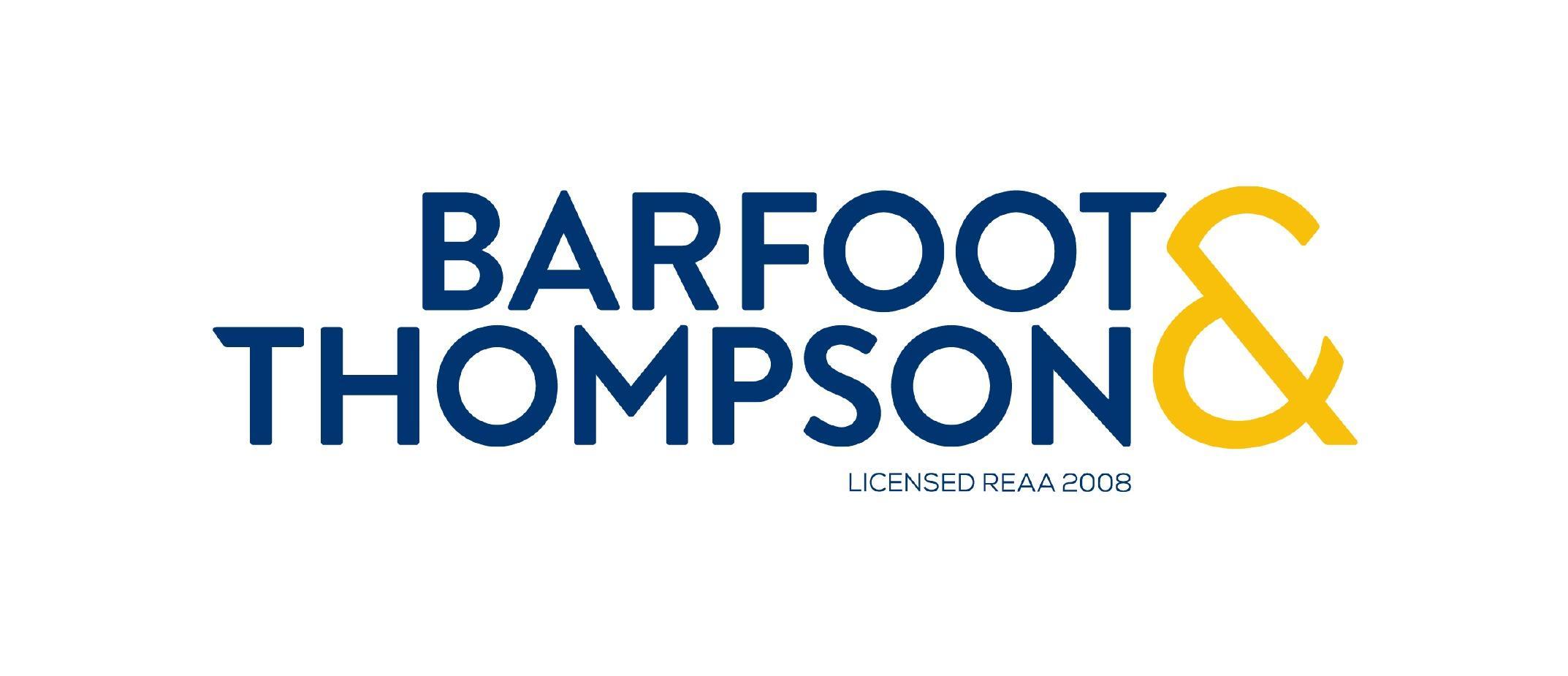Clearly, the significant changes underway in the mortgage lending sector are topic du jour in the property market. From rising mortgage rates (with more to come), to loan to value ratio (LVR) speed limit changes, to the Reserve Bank’s debt to income (DTI) ratio consultation, to the Credit Contracts & Consumer Finance Act (CCCFA) changes, it’s all happening.
Equally obvious is the fact that reduced credit availability (and at a higher interest cost) will be a dampener on property market activity levels this year, and indeed there’s already a material slowdown in sales volumes in progress. From a total of around 97,500 sales in 2021 (and more than 99,800 in 2020), our forecasting model suggests that this figure could dip to 91,000 or so this year and closer to 88,000 in 2023.
So within that quieter overall picture, a key focus then becomes market share – and on that note, we think the key determinant really comes down to who’s affected least by lending rules. Most groups will be affected, but some more than others. For mortgaged investors, taking a glass half full perspective, a lot of the rule changes have already happened and adjustments made – e.g. 40% deposits have been required for about a year now by the banks (although only enforced by the Reserve Bank from 1st May), and there’s also been plenty of time to fully nut out the effects of lost interest deductibility, even if the rubber will only really hit the road when tax returns are settled.
But for owner-occupiers, especially first home buyers – who were previously the dominant users of the 20% speed limit for low deposit lending – the reduction in this allowance has only just started to take hold. In fact, in November, still 10.5% of owner-occupier lending was done at a low deposit – above the speed limit of 10%. Moreover, when the speed limit was last set at 10% in 2017, the banks actually operated at only 5%. Holding such a buffer this time around implies that it’s still going to get much harder yet for many owner-occupiers to buy property with less than a 20% deposit.
Meanwhile, although it’s still too early to decipher any clear trends in the hard data, there’s certainly a huge amount of anecdotal evidence that owner-occupiers have been hampered significantly by the CCCFA changes kicking in on 1st December – perhaps more so than investors. Note that key datasets to try and assess the effect of the CCCFA rules will be the Reserve Bank’s mortgage lending figures for December on 31st January and our own Buyer Classification series for January due 14th February.
That said, the Reserve Bank’s figures also show that a much higher proportion of investors take out mortgages at high DTIs than owner-occupiers. Therefore, it stands to reason that unless they can dramatically raise their incomes, investors may feel a greater sting from any DTI rules later in the year (if actually enacted), and already used by some banks.
So where does this leave us? On balance, it could be that over the next 3-6 months, mortgaged investors feel a little more comfortable than owner-occupiers, if only because they’ve already had more time to adjust to tighter credit conditions. This means they may be able to take advantage of any buying opportunities more quickly and snap up a ‘bargain’ in a more subdued market.
But the real winners could be cash investors, who may even find some good deals available when buying off mortgaged investors who can no longer find the equity and/or stomach rising costs at a time when gross rental yields are historically low. Or perhaps ‘next-home buyers’ will be able to take advantage of a quieter market to finally take that next step to their ‘forever home’.

Kelvin Davidson
Kelvin Davidson is the Chief Economist of CoreLogic New Zealand.














Add Comment